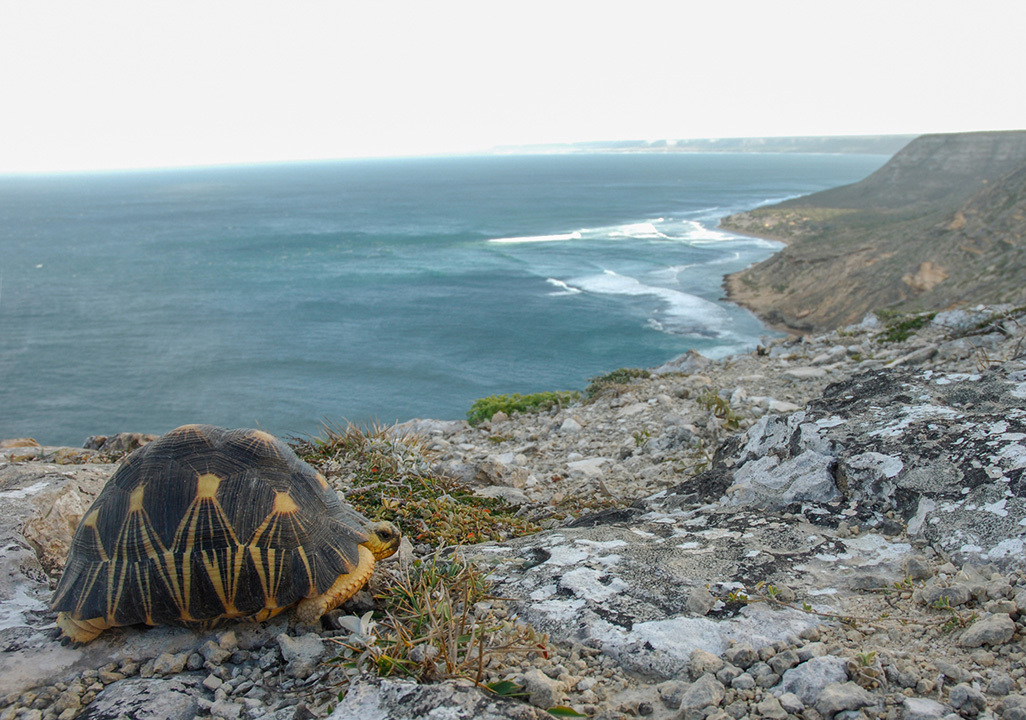– Importance of partnerships for effective conservation efforts
– The role of controlled breeding programs in species preservation
– How confiscations and monitoring contribute to wildlife conservation
– The value of community and federal agency involvement in conservation projects
– The impact of expert animal care specialists on successful conservation
Conservation success is not solely a game of numbers or preserved areas; it is intricately tied to the strength of partnerships between zoos, conservation groups, local communities, and federal agencies. This interconnected approach allows for a pooling of resources, knowledge, and expertise, crucial for tackling the pressing challenges faced by wildlife today.
Among the forefront of such collaborative efforts are the contributions made by zoos and aquariums nationwide, such as the Nashville Zoo, California Academy of Sciences, Bronx Zoo, Aquarium of the Pacific, and Saint Louis Zoo. These institutions serve not just as places of recreation but as pivotal centers for conservation and education. They’ve marked a significant footprint in local and global conservation efforts by engaging with local communities and leveraging the support of federal agencies like the United States Fish and Wildlife Service (USFWS).
Controlled breeding programs stand out as a cornerstone of these conservation endeavors. These programs, scientifically managed and often part of larger species survival plans, aim to preserve genetic diversity and prevent the extinction of endangered species. By carefully selecting genetically compatible animals, conservationists can ensure the health and viability of populations not just in captivity but, ideally, for eventual reintroduction into their native habitats.
Yet, preservation efforts extend beyond the boundaries of breeding programs. Wildlife confiscations, a response to illegal trafficking, play a critical role in conservation. Confiscated animals, victims of illicit trade, require immediate care and rehabilitation, and here, partnerships reveal their worth. Collaboration between zoos, wildlife rehabilitation centers, and law enforcement ensures these animals receive the best possible care, aiming to reintroduce them into the wild when feasible.
Monitoring wild species is another critical component, providing data for informed conservation decisions. Technological advancements have enabled conservationists to precisely track animal movements, health, and behavior. This data informs everything from daily care in captivity to broader habitat preservation and restoration strategies in the wild.
The significance of community and federal involvement cannot be overstated. Public awareness and education drive the success of conservation efforts forward, turning passive observers into active participants. Federal agencies, equipped with regulatory powers and resources, complement these efforts by enforcing wildlife protection laws and facilitating research and conservation projects.
At the heart of these multifaceted efforts are the expert animal care specialists—veterinarians, biologists, ecologists, and a host of other professionals dedicated to the well-being of wildlife. Their expertise is critical in addressing captive and wild populations’ health and welfare needs, ensuring that conservation efforts are grounded in solid scientific principles.
In sum, the road to conservation success is paved with collective action. It requires an intricate web of partnerships spanning local communities to global alliances, underlined by the shared goal of preserving our planet’s biodiversity. Significant strides can be made in securing a future for endangered species through controlled breeding, wildlife confiscations, species monitoring, and the unwavering commitment of dedicated professionals. The challenges ahead are vast, but by joining forces, we can continue to positively impact conservation and preserve our natural world.
*****
Source Description
is key to conservation success 🤝. Partnerships spanning programs to enable effective conservation efforts, including controlled breeding, confiscations, and monitoring of wild species.
These partnerships allow for the integration of a diverse range of animal care specialists, such as experts, to tackle the complexities of conservation and ensure the survival of various species.
📰 In Connect, learn how members like @NashvilleZoo, @CalAcademy, @BronxZoo, @AquariumPacific, and @STLZoo are working with their local communities, conservation experts, and federal agencies, like @USFWS, to create thriving species and habitats in and the wild. 🔗 Link in bio!

